新加坡三位部长联名发文:疫情几时会结束?会怎样结束?

(本文作者为新加坡抗疫跨部门工作小组联合主席:贸工部长颜金勇、财政部长黄循财、卫生部长王乙康)
新加坡正努力不懈对抗冠病疫情,尤其要将令人担忧的德尔塔(Delta)变种毒株控制下来。这种毒株的传染力高,要将我国每天感染冠病的人数降低至零有一定的困难。与其追求零确诊,我们选择采取积极的筛检策略,扩大追踪范围,找出与冠病病患有过密切接触的人士,并将他们隔离开来,同时每天为数以万计的人进行检测。这么做的目的,就是要把形成大型感染群的风险降到最低。
疫情几时会结束?会怎样结束?
但冠病疫情暴发至今已有18个月,人们都已对抗疫感到心力交瘁。大家都在问:疫情几时会结束?会怎样结束?
坏消息是:冠病可能会一直存留在我们的周围;但好消息是:与冠病共处,并如常生活,是可能的。也就是说,冠病很可能会成为地方性流行病。这意味着冠病会继续变异,并在社区内存活下来。
流感就是一种地方性流行病。每年都会有许多人感染流感病毒,但绝大多数患者无须住院,也不须服药或只须服用少量的药物就会康复。不过,也有一小部分的患者会染上重病,尤其是年长者及并发症患者。他们当中,有些甚至会病逝。
在人口众多的国家,因流感而住院的人数相当庞大。以美国为例,每年就有数十万人因流感而住院,其中有数以万计的人因此而死亡。
但是,因为感染流感后患上重病的可能性非常低,人们就与流感共存。即使在流感季节,他们也只采取简单的预防措施,或每年接种流感疫苗,随后继续日常活动。
至于冠病,我们也可以朝同样的结果迈进。虽然我们无法完全消除冠病病毒,但可以采取各种措施,大幅减低冠病的威胁,让它成为像流感、手足口症及水痘那样的疾病,以便继续日常生活。
在未来的几个月里,这将是我们的首要任务。为此,我们已有广泛的计划。
一、接种疫苗
我们的第一步就是接种疫苗。李显龙总理在今年5月31日的全国广播演讲中表示,我们的目标是到了7月初,让本地三分之二的居民接种至少第一剂疫苗。我们正朝着这个目标稳步迈进。在疫苗供应充足的前提下,我们的第二个目标是在国庆日前后,让本地至少三分之二的居民完成两剂疫苗接种。
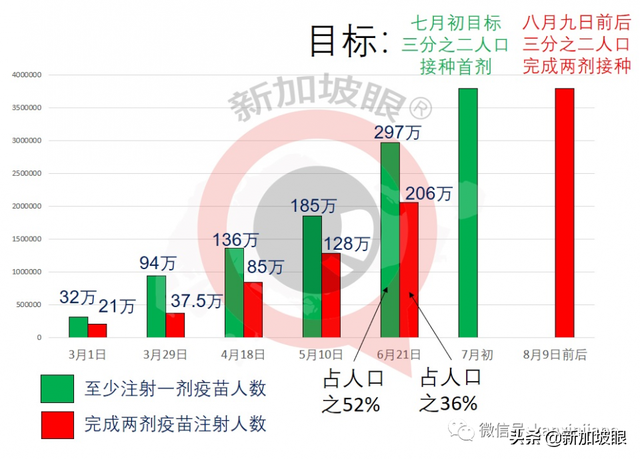
我们也正在和疫苗制造商合作,希望能让疫苗提前抵达新加坡,并加快我国人口接种疫苗的速度。
临床数据清楚证明,疫苗在降低感染冠病和病毒传染的风险方面非常有效。即使染病,疫苗也能预防患者出现严重症状。
在以色列,未接种疫苗者的染病率比已接种疫苗者高30倍,住院率相比起来也高10倍。
在新加坡,有120多人接种两剂疫苗后仍感染冠病,当中包括65岁以上但不住在医院或疗养院的年长者,他们都没有出现任何症状,或仅出现轻微症状。相比之下,未接种疫苗的冠病患者当中,约有8%出现严重症状。
未来,我们可能让国人接种追加剂,以让大家能继续获得高度保护,同时也能预防新变种毒株对现有疫苗产生抵抗力。因此,我们可能必须实行一项能够持续多年的全面疫苗接种计划。

(图源:王乙康脸书)
早期的证据显示,接种疫苗能帮助我们遏制冠病疫情传播。以色列的经验再次证明了这一点。该国已有60%的人口接种了冠病疫苗,是目前全球冠病疫苗接种率最高的国家。
在以色列完成疫苗接种的各年龄层人口中,每10万人中每日有0.3人入院,死亡率则为0.1人。
相比之下,美国在2018年至2019年的流感季节里,每10万人中每日有0.4人因流感入院,死亡率则为0.03人。若遇上像2017年至2018年的严重流感季节,每10万人中每日就有0.67人因流感入院,死亡率也增加至0.05人。
基本上,以色列由于全国疫苗接种率较高,成功地将冠病在当地的临床结局,改善到接近美国季节性流感的水平,这样的成果令人感到鼓舞。
二、快捷检测确保生活如常
第二,我们必须继续进行冠病检测和筛查工作,但重点将有所改变。我们仍须加强边境防疫措施,以更有效地检测病毒携带者,特别是带有须关切变种病毒(variants of concern)的人士。

(图源:黄循财脸书)
在社区防疫措施方面,检测工作不再只是为了筛检和隔离冠病接触者,而是要确保大型活动、社交聚会和出国行程能够安全地进行,以及降低病毒的传播风险,以保护社区的健康,特别是免疫力较弱并需要额外照顾的群体。
我们不能只靠聚合酶链式反应(PCR)检测,因为它会引起一些不适,并需要几个小时才能提供检测结果。我们要改善检测过程,让它更快速、更简易。因此,我们已在综合诊疗所和私人诊所推出抗原快速检测(ART)服务,同时也为雇主和业主提供自助检测仪,让员工和租户自行进行检测。此外,公众也可到零售药房购买ART自助检测仪。

(图源:王乙康脸书)
我们也将陆续推出更快速的检测方式,让人们无须进行拭子检测,而能在一两分钟内得知检测结果,例如呼吸检测。届时,我们的机场、海港、办公楼、购物商场、医院及各个学府,都可使用这些检测方式为员工和访客进行检测。
此外,我们还可通过废水检测方式来检测病毒。这能帮助我们及早发现在客工宿舍、旅舍及组屋的潜在感染风险。
三、积极改善治疗方法
第三,全球各地的科学家正积极研究冠病的治疗方法。如今,我们已经掌握了一系列有效的治疗方法,我国也因此成为全球冠病死亡率最低的国家之一。
冠病疫情暴发18个月后,我们已经找出多种药剂,不但可以有效治疗危重病患,还可以协助他们更快康复、减缓病情恶化的速度,并降低其严重性和死亡的风险。
卫生部会密切留意冠病药物的研发情况,以确保我国在这方面供应充足。我们的医学研究人员也积极参与有关冠病最新疗法的研究工作。

(图源:黄循财脸书)
人人有责
最后,我们是否能与冠病共存,也取决于国人是否接受冠病最终将成为地方性流行病,以及我们所有人的行为。
如果大家都保持良好的个人卫生习惯,就能减低受感染的概率。倘若大家都为彼此着想,在身体不适时远离人群,就能减少病毒的传播。
要是大家都能共同肩负责任,例如员工生病时都留在家里,以维护同事的健康,雇主也不因此而责怪他们,我们的社会就会安全得多。
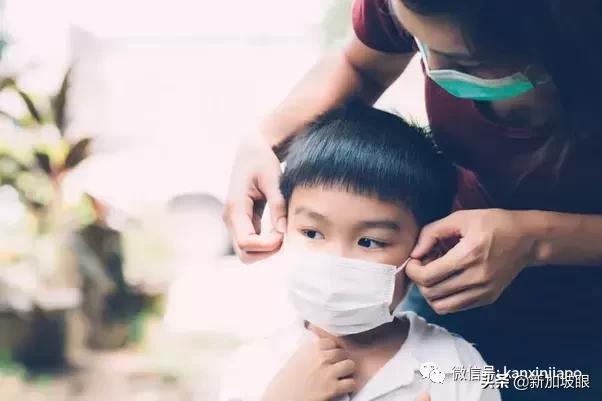
新常态可能就是这样
有了长期的疫苗接种计划、更简易、更全面的检测、更有效的治疗方法,再加上大家都负起社会责任,这可能意味着在不久的将来,当有人患上冠病时,我们的应对措施就可能会与现在大不相同。
视频加载中...
(新加坡卫生部长王乙康与新加坡演艺圈阿姐郑惠玉拍防疫视频,以上图源:王乙康脸书)
新常态可能会是这样的:
轻症病患不住院
首先,病患可以在家中康复,因为接种了疫苗的人一般只会出现轻微的症状。由于病患身边的人也都接种了疫苗,传播风险也会减低,所以我们也不会太担心医疗系统不堪重负。
不大规模追踪密接者
第二,每当我们发现有人受感染时,也许不必大规模追踪密切接触者,以及将人们隔离开来。人们可以定期使用各种快速简易的方式自行检测。如果检测结果呈阳性,他们可以通过PCR检测加以确认,然后自我隔离。
只监测重症情况
第三,我们将不再着重监测每天的患病人数,而是把焦点放在有多少人患重病、有多少人在加护病房留医、有多少人须接受插管治疗等方面的数据。这就和我们现在监测流感的方式一样。
恢复大型活动
第四,我们可以逐步放宽安全管理措施,恢复大型的聚会和活动,如国庆庆典或新年倒数活动。各企业也能确信,它们的运作不会受到干扰。

(图源:陈振声脸书)
开放边境
第五,我们将可以再次出国旅游,至少能去那些同样已将疫情控制下来、冠病成为地方性常态的国家。我们将相互承认对方的疫苗接种证书。旅客也可以在出境前接受检测,抵境时的冠病检测结果若是阴性,就无须隔离,尤其是已经接种疫苗的旅客。

(拍摄于疫情前,图源:樟宜机场)
每一场疫情终将告一段落
抗疫之路虽然仍充满变数,但我们还是拟定计划,配合疫苗接种率相关的各个目标,逐步迈向新常态。同时,我们仍须采取必要的预防和安全措施,减少感染病例和住院人数。
历史告诉我们,每一场疫情终将告一段落。我们必须竭尽所能,利用所有的资源和创造力,尽快朝最终的理想状态迈进。要遏制冠病,需要科学和人类的智慧;要尽早达到这个目标,我们更须要保持团结,以大局为重。战胜疫情,你我责无旁贷。
以下为英文原文:
向上滑动阅览
Living normally, with Covid-19
We are continuing with our efforts to control the worrisome Delta variant of Covid-19. Given its high transmissibility, it will be hard to bring infections down to zero. Instead, we are adopting an aggressive ring-fencing strategy-casting a wide net to isolate contacts of infected persons, and testing tens of thousands every day. The aim is to minimise the risk of large clusters forming.
But it has been 18 months since the pandemic started, and our people are battle-weary. All are asking: When and how will the pandemic end?
Endemic Covid-19
The bad news is that Covid-19 may never go away. The good news is that it is possible to live normally with it in our midst. This means Covid-19 will very likely become endemic. But what does that mean?
It means that the virus will continue to mutate, and thereby survive in our community. One example of such an endemic disease is influenza. Every year, many people catch the flu. The overwhelming majority recover without needing to be hospitalised, and with little or no medication. But a minority, especially the elderly and those with co-morbidities, can get very ill, and some succumb.
In a large country, the number hospitalised from influenza can be huge. For example, in the United States, hundreds of thousands are hospitalised every year because of the flu, and tens of thousands die.
But because the chances of falling very ill from influenza are so low, people live with it. They carry on with their daily activities even during the flu season, taking simple precautions or getting an annual flu jab.
We can work towards a similar outcome for Covid-19. We can't eradicate it, but we can turn the pandemic into something much less threatening, like influenza, hand, foot and mouth disease, or chicken pox, and get on with our lives.
Doing so will be our priority in the coming months. We already have a broad plan.
Vaccination is key
First, vaccination. During his broadcast on May 31, the Prime Minister said we aimed to have two-thirds of our population take at least their first dose by early July. We are on track to achieve that target. Our next milestone will be to have at least two-thirds of our population fully vaccinated with two doses around National Day, supply permitting.
We are working to bring forward the delivery of vaccines and to speed up the process.
The evidence is clear: Vaccines are highly effective in reducing the risk of infection as well as transmission. Even if you are infected, vaccines will help prevent severe Covid-19 symptoms.
Israel's experience shows that the infection rate among vaccinated persons is 30 times less than that of the unvaccinated. The hospitalisation rate for the vaccinated is also lower by 10 times.
In Singapore, of the 120 plus fully vaccinated individuals who were nevertheless infected with Covid-19, including some aged above 65 and were not resident at hospitals or nursing homes - all had either no or mild symptoms. In contrast, about 8 percent of the unvaccinated developed serious symptoms.
To sustain a high level of protection, and to defend against new mutant strains resistant to current vaccines, booster shots may be needed in the future. We may have to sustain a comprehensive, multi-year vaccination programme.
Early evidence suggests that with vaccination, we can tame Covid-19. Again, the experience of Israel - which has vaccinated
60 per cent of its population, the highest vaccination rate in the world currently is pertinent.
Across all age groups, the hospitalisation rate due to Covid-19 in Israel among those fully vaccinated is 0.3 per 100,000 persons daily, and the mortality rate is 0.1 per 100,000 persons.
In comparison, in 2018/19, the hospitalisation and mortality rates for influenza in the US were 0.4 and 0.03 per 100,000 persons daily, respectively. In a severe flu season, like in 2017/18, the rates were 0.67 and 0.05, respectively.
Essentially with a high rate of vaccination, Israel has brought the clinical outcomes of Covid-19 close to that of seasonal influenza in the US. These are very promising outcomes.
Testing will be easier
Second, testing and surveillance will still be needed, but the focus will be different. We would still need rigorous testing at our borders to identify any person carrying the virus, especially variants of concern.
Domestically, testing will be less of a tool for ring-fencing and quarantining people exposed to infected persons. Instead, it would be to ensure that events, social activities and overseas trips can take place safely; as well as to reduce transmission risks, especially to those who are vulnerable to infections.
We cannot rely only on the polymerase chainreaction (PCR) test, which can be uncomfortable and takes many hours to produce results. We need to make Covid-19 testing fast and easy. We have rolled out antigen rapid tests, including self-tests, to polyclinics, private clinics, employers, premises owners and pharmacies.
There are even faster test kits in the pipeline, such as breathalysers, that take about one to two minutes to produce the results and do not involve swabbing. In time, the airport, seaport, office buildings, malls, hospitals and educational institutions can use these kits to screen staff and visitors.
There is also waste water testing, which is useful to find out if there are hidden infections in dormitories, hostels or housing estates.
Treatments will improve
Third, scientists around the world are working on treatments for Covid-19. Today, we already have a range of effective treatments, which is one reason why Singapore's Covid-19 mortality rate is among the lowest in the world.
Eighteen months after the pandemic started, we now have many therapeutic agents that are effective in treating the critically ill, quickening recovery, and reducing disease progression, severity and mortality. The Ministry of Health tracks these developments closely, ensuring that we have adequate supplies of these drugs. Our medical researchers actively participate in the development of new treatments.
Social responsibility remains critical
Finally, whether we can live with Covid-19 depends also on Singaporeans' acceptance that Covid-19 will be endemic and our collective behaviour.
If all of us practise good personal hygiene, we are less likely to be infected. If all of us are considerate to one another, staying away from crowds when we feel unwell, we will reduce transmission. I fall of us shoulder the burden together - workers keeping their colleagues safe by staying at home when ill, and employers not faulting them - our society will be so much safer.
Towards a new normal
With vaccination, testing, treatment and social responsibility, it may mean that in the near future, when someone gets Covid-19, our response can be very different from now.
The new norm can perhaps look like this:
First, an infected person can recover at home, because with vaccination the symptoms will be mostly mild. With others around the infected person also vaccinated, the risk of transmission will be low. We will worry less about the healthcare system being overwhelmed.
Second, there may not be a need to conduct massive contact tracing and quarantining of people each time we discover an infection. People can get themselves tested regularly using a variety of fast and easy tests. If positive, they can confirm with a PCR test and then isolate themselves.
Third, instead of monitoring Covid-19 infection numbers every day, we will focus on the outcomes: how many fall very sick, how many in the intensive care unit, how many need to be intubated for oxygen, and so on. This is like how we now monitor influenza.
Fourth, we can progressively ease our safe management rules and resume large gatherings as well at major events, like the National Day Parade or New Year Countdown. Businesses will have certainty thattheir operations will not be disrupted.
Fifth, we will be able to travel again, at least to countries that have also controlled the virus and turned it into an endemic norm. We will recognise each other's vaccination certificates. Travellers, especially those vaccinated, can get themselves tested before departure and be exempted from quarantine with a negative test upon arrival.
We are drawing up a road map to transit to thisnew normal, in tandem with the achievement of our vaccination milestones, though we know the battle against Covid-19 will continue to be fraught with uncertainty.
In the meantime, we still need to take the necessary precautions and safeguards, to keep infections and hospitalisations at bay.
History has shown that every pandemic will run its course. We must harness all our energy, resources and creativity to transit as quickly as we can to the desired end-state. Science and human ingenuity will eventually prevail over Covid-19. Cohesion and social consciousness will get us there faster. We must all do our part.





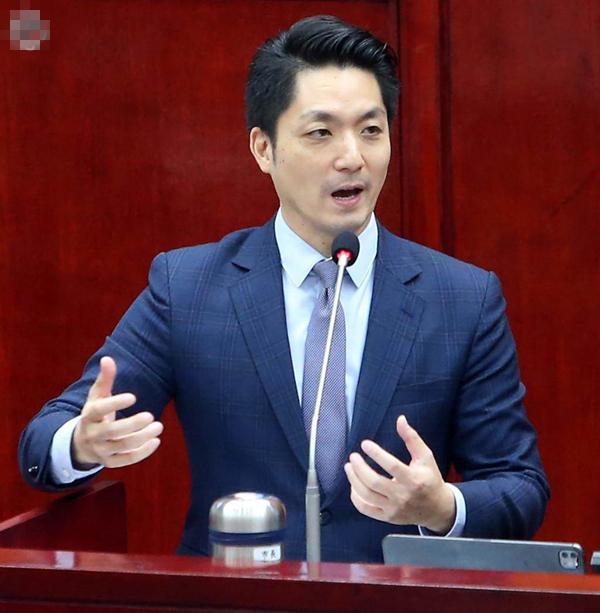
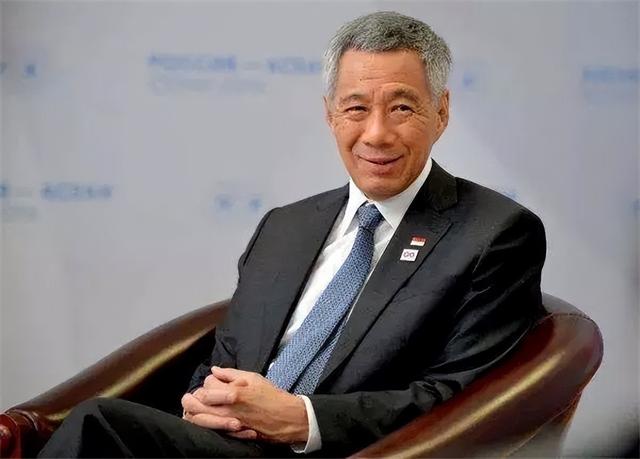
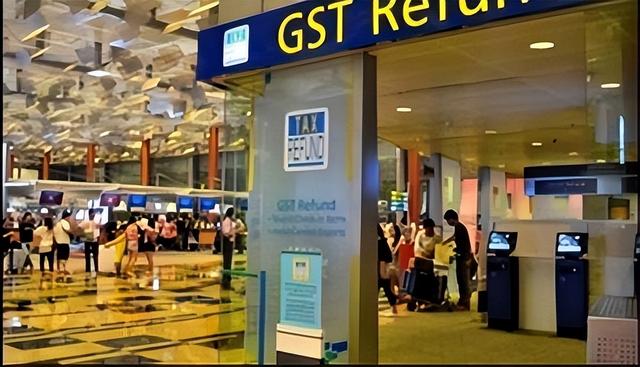
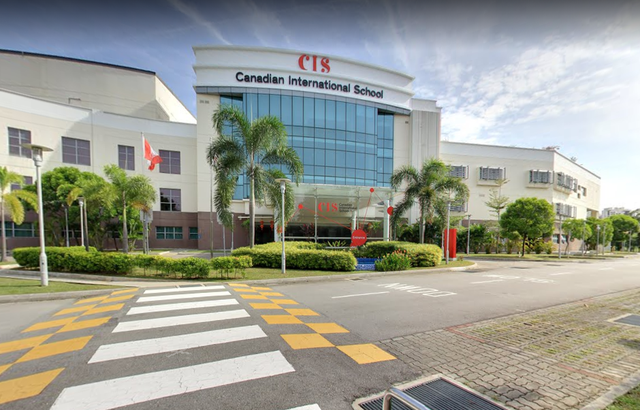

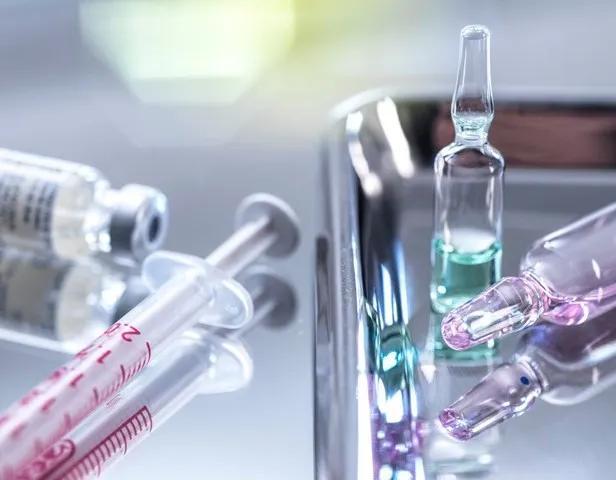











评论